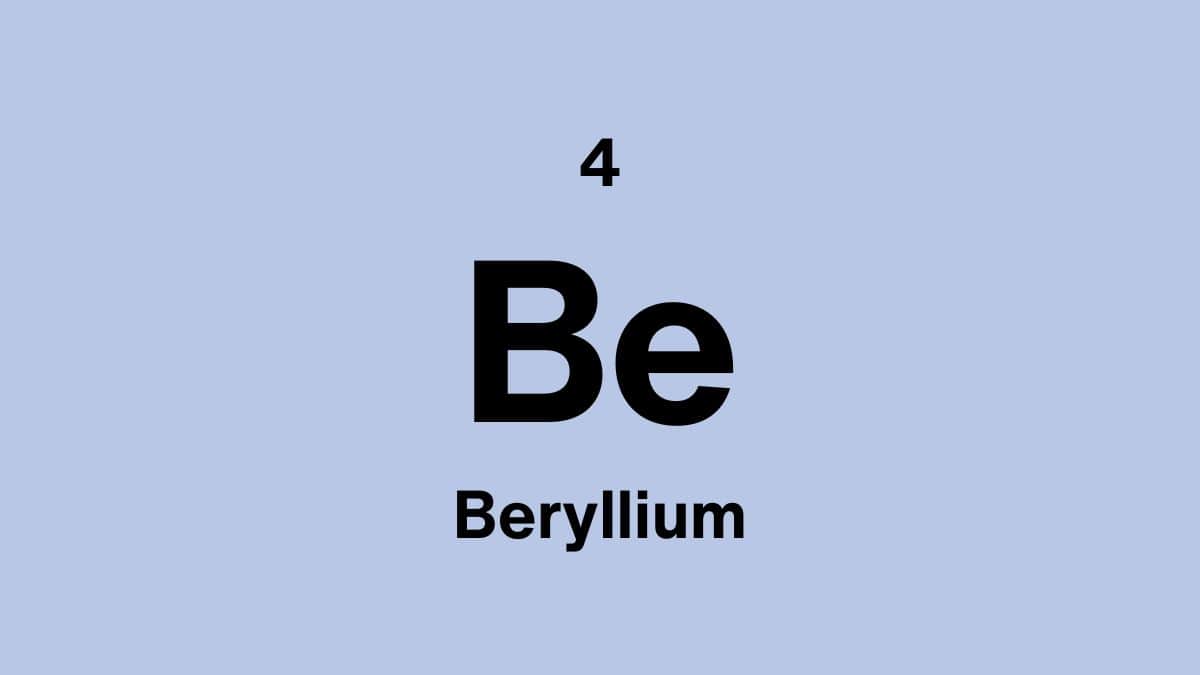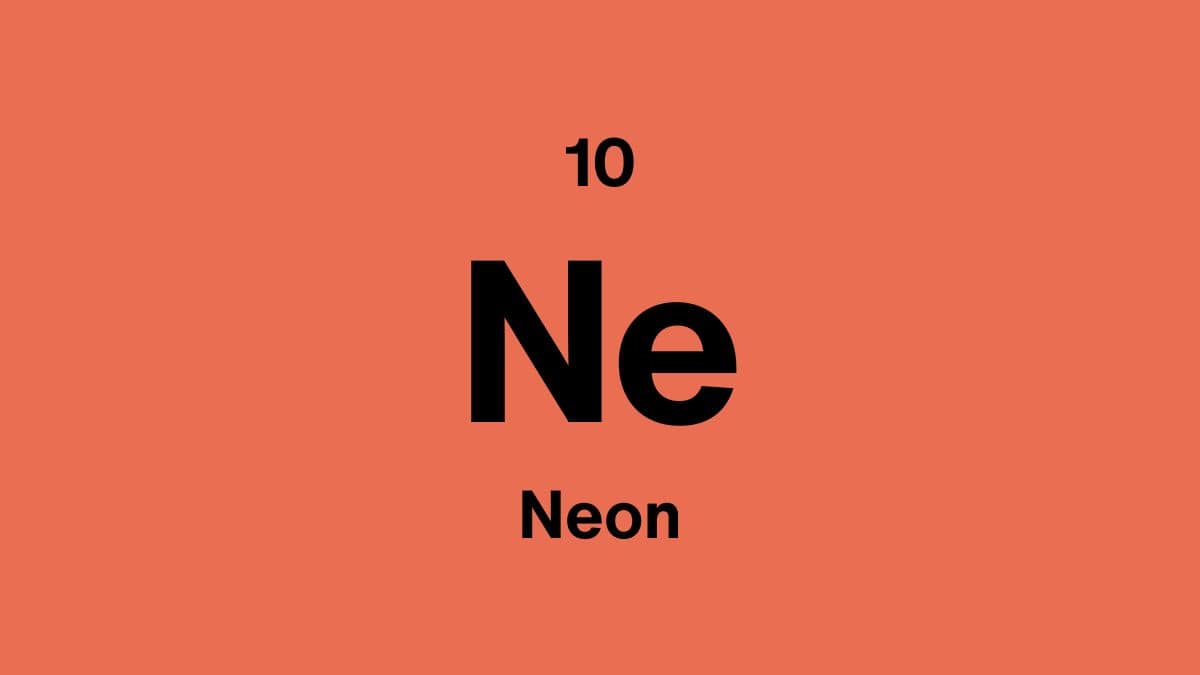From Bologna's glowing stones to modern oil wells: The heavy element that powers industry
Alkaline earth metals occupy Group 2 of the periodic table and are characterized by their two valence electrons in the outermost shell. These silvery metals are reactive, though less so than the alkali metals in Group 1. Alkaline earth metals form +2 cations by losing both valence electrons, and they readily react with oxygen, water, and acids. Their compounds, particularly carbonates and sulfates, are abundant in Earth's crust as familiar minerals including limestone, marble, gypsum, and dolomite. These elements burn with characteristic flame colors, making them valuable in pyrotechnics, and their compounds serve essential roles in construction, medicine, and industrial processes.
In this article, we explore barium's properties, its mysterious historical discovery through luminescent stones, critical applications in petroleum extraction and medical diagnostics, and the balance between its industrial importance and potential toxicity.
Properties of barium
| Atomic Number: | 56 |
| Atomic Symbol: | Ba |
| Atomic Weight (amu): | 137.327 |
| Electronegativity: | 0.89 |
| Melting point: | 727.00°C | 1340.60°F | 1000.15K |
| Boiling point: | 1845.00°C | 3353.00°F | 2118.15K |
What does barium look like?
Barium is a soft, silvery-white metal with a lustrous appearance when freshly cut, similar to lead but slightly harder. The pure element has a pale golden or yellowish tint that becomes more apparent in ultrapure samples. Barium tarnishes rapidly when exposed to air, forming a dull coating as it reacts with oxygen and moisture. When barium compounds are heated in a flame, they emit a characteristic pale yellow-green or apple-green color resulting from spectral lines at wavelengths of 455.4, 493.4, 553.6, and 611.1 nanometers. This distinctive flame test provides a reliable method for detecting the presence of barium.
Will we ever run out of barium?
Barium is relatively abundant in Earth's crust at approximately 0.05 percent, making it the 14th most abundant element. This places barium between copper and zinc in terms of crustal abundance. Global reserves of barite ore, the primary source of barium, are estimated between 700 million and 2 billion tons, providing an adequate long-term supply for current and foreseeable applications.
Between six and eight million tons of barite are mined annually worldwide, with China producing more than half of global output, followed by India, Morocco, the United States, Turkey, Iran, and Kazakhstan. The highest historical production reached 8.3 million tons in 1981, though only 7 to 8 percent was used for barium metal or compounds, with the vast majority consumed directly as barite in oil drilling operations. Sustainable management of these resources should ensure continued availability for petroleum extraction, medical applications, and industrial uses.
Can barium be recycled
Barium recycling is limited compared to other metals because most barium applications involve chemical compounds that are difficult to recover economically. Barium sulfate used in drilling fluids can sometimes be reclaimed and reprocessed for reuse, though this depends on contamination levels and economic factors.
Recycled barium is occasionally sourced from:
- Recovered barite drilling fluids from oil and gas operations
- Scrap specialty glass containing barium carbonate from cathode ray tubes
- Industrial waste streams from barium compound manufacturing
- Vacuum tubes and electronic components containing barium getters
Where can barium be found?
Barium never occurs as a free element in nature due to its high chemical reactivity. Instead, it exists in combination with other elements, primarily as sulfate and carbonate minerals found in sedimentary rocks and hydrothermal deposits.
- Barite: The principal ore of barium, this barium sulfate mineral contains the formula BaSO4. Pure barite theoretically contains 58.8 percent barium oxide, though commercial deposits typically contain 98 percent pure barite after processing.
- Witherite: A less common barium carbonate mineral with the formula BaCO3, named after British mineralogist William Withering who studied it in the late 18th century.
- Bologna Stone: A historical form of barite found near Bologna, Italy, in the early 17th century. When heated with charcoal and exposed to light, it phosphoresced in the dark, attracting attention from scientists including Galileo.
Barium is produced primarily in China, which accounts for more than half of world barite production. Other significant producers include India, Morocco, the United States, Turkey, Iran, and Kazakhstan. The United Kingdom, Czech Republic, Italy, and Germany also contain substantial mining reserves totaling over 400 million tons. Commercial barite ore is mined, washed, crushed, classified, and separated from quartz to achieve at least 95 percent purity with minimal iron and silicon dioxide content. This purified barite is then converted to barium sulfide as the starting material for producing various barium compounds and the metal itself.
Is barium expensive?
Barite ore, the raw material, is relatively inexpensive due to its abundance and large-scale mining operations. However, pure metallic barium commands higher prices reflecting the energy-intensive extraction process required to isolate the reactive metal from its compounds. Only a few tons of metallic barium are produced annually worldwide because most applications utilize barium compounds rather than the pure element. The moderate cost of barium compounds makes them economically viable for widespread use in drilling fluids, specialty glass, and industrial processes.
Does barium have a biological role?
Barium has no known essential biological function in humans or other living organisms. The human body contains approximately 22 milligrams of barium because small amounts are present in common foods including carrots, onions, lettuce, beans, and cereal grains. The body treats barium ions similarly to potassium ions due to their comparable chemical properties, allowing barium to be absorbed and distributed throughout tissues.
All water-soluble barium compounds are toxic to mammals, probably by interfering with potassium ion channels essential for nerve and muscle function. Exposure to significant quantities of water-soluble barium can cause paralysis, heart rhythm abnormalities, elevated blood pressure, stomach irritation, muscle weakness, changes in nerve reflexes, brain and liver swelling, and kidney damage. In extreme cases, large doses can be fatal. However, barium sulfate is essentially insoluble in water and can be safely ingested for medical imaging procedures because it passes through the digestive system without being absorbed into the bloodstream.
What is pure barium used for?
- Oil and Gas Drilling: Barite accounts for approximately 80 percent of world barium sulfate consumption. Its high density makes it an essential weighting agent in drilling fluids that maintain hydrostatic pressure in oil and gas wells, preventing dangerous blowouts while cooling and lubricating drill bits.
- Medical X-ray Imaging: Barium sulfate is used as a radiocontrast agent for visualizing the gastrointestinal tract during X-ray examinations. Patients swallow a suspension called a barium meal for imaging the esophagus and stomach, or receive a barium enema to examine the colon and intestines. The heavy barium atoms absorb X-rays effectively, making internal structures visible.
- Specialty Glass Manufacturing: About 75 percent of barium carbonate production goes into specialty glass to increase refractive index or provide radiation shielding in cathode ray tubes and television screens. Barium improves optical properties and protects against harmful radiation.
- Fireworks and Signal Flares: Barium nitrate and barium chlorate produce brilliant green colors in fireworks and signal flares. The characteristic apple-green flame results from specific spectral emissions when barium compounds are heated.
- Vacuum Tube Getters: Metallic barium serves as a getter in vacuum tubes and electron tubes, where it combines with residual oxygen and gases to perfect the vacuum. This scavenging action prevents interference with electron flow.
- Paint Pigments: Barium sulfate mixed with zinc sulfide creates lithopone, a permanent white pigment with excellent covering power that resists darkening when exposed to sulfides. Barium sulfate alone is used as blanc fixe in paints and varnishes.
- High-Temperature Superconductors: Barium oxide is a key component in yttrium barium copper oxide superconductors with the formula YBa2Cu3O7, which conduct electricity without resistance at temperatures above the boiling point of liquid nitrogen.
What are the main compounds with barium?
- Barium Sulfate (BaSO4) : The most important barium compound, occurring naturally as the mineral barite. Used in oil drilling fluids, as a white pigment, filler in paper and rubber, and as a safe radiocontrast agent for medical X-ray imaging of the digestive system.
- Barium Carbonate (BaCO3) : Occurs naturally as witherite and is used primarily in specialty glass manufacturing, ceramics, and as a starting material for producing other barium compounds. Historically used as rat poison due to its water solubility and toxicity.
- Barium Oxide (BaO) : Also called baria or baryta, this white powder has a density of 5.7 grams per cubic centimeter. Used in the production of high-temperature superconductors and as an intermediate in manufacturing other barium compounds.
- Barium Chloride (BaCl2) : Colorless crystals soluble in water, used in heat-treating baths, as a laboratory reagent to precipitate soluble sulfates, and in the production of other barium compounds. Highly toxic if ingested.
- Barium Nitrate (Ba(NO3)2) : A white crystalline compound used in pyrotechnics and signal flares to produce green colors. Also employed in the manufacture of specialty glass and ceramic glazes.
- Barium Hydroxide (Ba(OH)2) : Also called baryta, known to alchemists who produced it by heating barium carbonate. Unlike calcium hydroxide, it absorbs very little carbon dioxide in aqueous solution, making it useful for calibrating pH equipment.
- Barium Peroxide (BaO2) : Used in the 19th century Brin process for oxygen production and as a source of hydrogen peroxide. When heated, it releases oxygen and converts to barium oxide.
Who discovered barium?
Barium compounds were first noticed in the early 1600s when Vincenzo Casciarolo, a shoemaker and amateur alchemist from Bologna, Italy, found unusual pebbles near Mount Paderno. When heated with charcoal and then exposed to bright light, these stones glowed in the dark for hours afterward. He named them Bologna stones after his hometown. The mysterious phosphorescence attracted attention from scientists throughout Europe, including Galileo, but no one could explain the phenomenon or identify the glowing substance for over 150 years.
In the 1760s, Swedish chemist Carl Wilhelm Scheele investigated Bologna stone and determined it contained sulfate of an unknown element, though he could not isolate the element itself. In 1774, Scheele identified barium oxide as a new base present in the mineral pyrolusite, preparing crystals of barium sulfate that he sent to Johan Gottlieb Gahn, the discoverer of manganese. A month later, Gahn recognized that the common mineral barite was also composed of barium sulfate. In 1779, Scheele demonstrated that barite was present in heavy spar, confirming barium's wider occurrence.
The name barium derives from the Greek word barys meaning heavy, referring to the high density of barium minerals. Only after the electric battery became available could English chemist Sir Humphry Davy finally isolate pure metallic barium in 1808 through electrolysis of molten barium salts. This achievement came shortly after Davy's successful isolation of sodium, potassium, calcium, and strontium using similar electrochemical techniques. Ironically, while barium minerals are exceptionally dense, metallic barium is comparatively light, only 30 percent denser than aluminum.
Is barium dangerous?
Yes, barium and most of its water-soluble compounds are toxic and must be handled with appropriate safety precautions. The metal itself is highly reactive and must be stored under petroleum or other oxygen-free liquids to prevent spontaneous combustion when exposed to air. Barium reacts violently with water and most acids, releasing hydrogen gas and forming caustic barium hydroxide. Workers handling metallic barium should use inert atmosphere conditions and protective equipment.
All water-soluble barium compounds are poisonous to mammals because they interfere with potassium ion channels essential for proper nerve transmission and muscle contraction, including heart muscle. Exposure to soluble barium can cause breathing difficulties, elevated blood pressure, heart rhythm abnormalities, stomach pain, muscle weakness, convulsions, and damage to the brain, liver, kidneys, and heart. Ingestion of large amounts can result in paralysis and death. The maximum tolerable concentration of barium dust in workplace air is regulated to protect workers in industries processing barium compounds.
However, barium sulfate is an important exception because it is essentially insoluble in water and stomach acids. This insolubility makes it safe for medical use as a radiocontrast agent. When ingested as a barium meal or enema, barium sulfate passes through the digestive system without being absorbed into the bloodstream, allowing safe X-ray visualization before being eliminated naturally. Despite this medical application, other barium compounds remain hazardous and should never be substituted for medical-grade barium sulfate.
Fun facts about barium
- The Bologna stones that mystified scientists for centuries were actually impure barium sulfide containing trace impurities that caused phosphorescence after exposure to light. This property was so unusual in the 1600s that it seemed almost magical and attracted investigation from prominent scientists including Galileo Galilei.
- Naturally occurring barium consists of seven stable isotopes, with barium-138 being most abundant at 71.7 percent of all natural barium. An eighth isotope, barium-130, undergoes extremely slow radioactive decay with a half-life more than 100 billion times the age of the universe.
- The detection of barium atoms after uranium had been bombarded with neutrons provided the crucial clue that led to the recognition of nuclear fission in 1939. Scientists Otto Hahn and Fritz Strassmann identified barium as a fission product, demonstrating that uranium nuclei had split into lighter elements.
- Barium-nickel alloys readily emit electrons when heated, a property called thermionic emission. This makes them valuable for use in spark plug electrodes, where the alloy improves ignition efficiency in internal combustion engines.
- Barium hydroxide was historically important for sugar refining because it forms insoluble compounds with sugar impurities, allowing purification of sugar solutions before crystallization. This application has been largely replaced by more modern methods.
- In the 19th century, barium peroxide was used in the Brin process to produce oxygen. When heated to 500 degrees Celsius in air, barium oxide absorbs oxygen to form barium peroxide. Heating above 700 degrees releases pure oxygen gas and regenerates barium oxide for reuse.
- Lithopone, a mixture of barium sulfate and zinc sulfide, was widely used as a bright white pigment in paints. It has superior covering power compared to pure zinc sulfide and the advantage of not darkening when exposed to hydrogen sulfide, unlike lead-based white pigments.
Scientific data verified from RSC, Britannica, and the Minerals Education Coalition.



